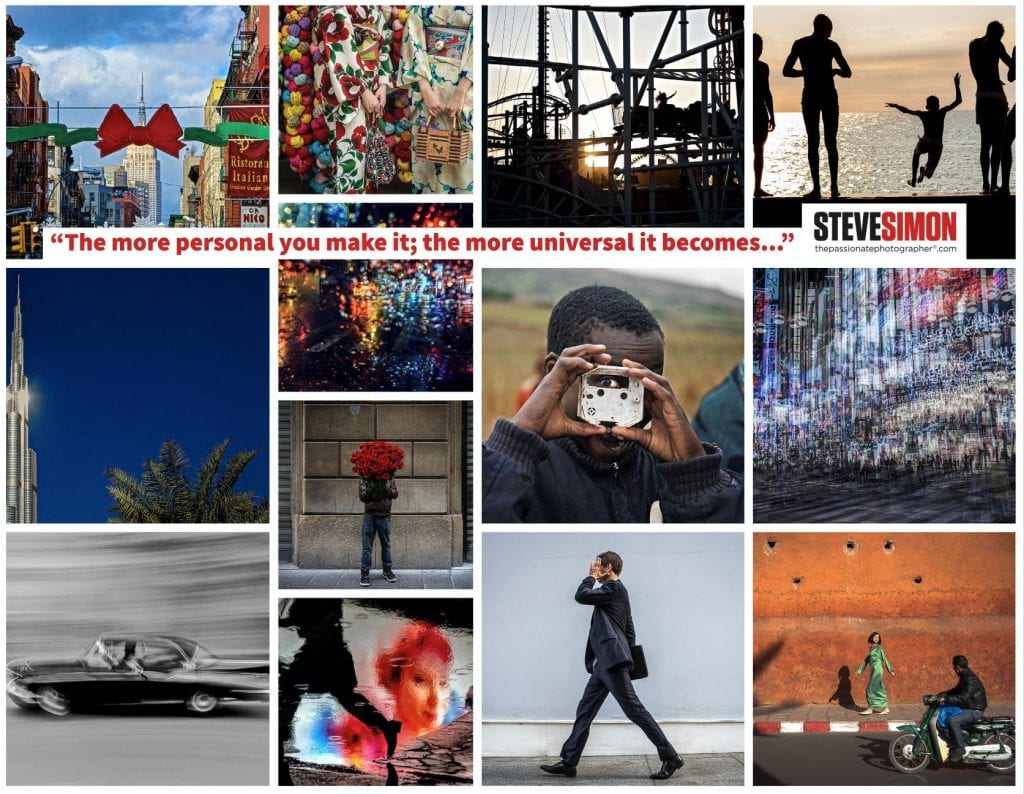“Your first 10,000 photographs are your worst.”
Henri Cartier-Bresson
Photography is a bit like trying to see the future, to trigger the shutter before the moment peaks. It means not guessing right much of the time. But for me, this kind of liberal shooting ethic was rewarded when it worked.
It was a formula for making sure (or trying to) that I got the best image out of every assignment.
Cartier-Bresson was known to be a prolific shooter in his long photographic life, but shooting with a Leica film camera, as he did, is a process inherently slower than today’s fast frame-rated DSLR or mirrorless cameras.
Maybe we should update his quote to “Your first 100,000 photographs are your worst.”
A point I want to make clear is that going through a volume of work does not mean keeping your finger pressed on the shutter release and shooting for the sake of shooting. Cartier-Bresson also said you should not overshoot, which he compared to overeating.

In photography, when a split second can make the difference between good and great, the best images can be lost between frames. I’m talking about a concerted effort of going out and shooting more, working the situation (as I will describe in future posts) and studying the results to learn from mistakes and correct them before you make them again in the future.
This back-and-forth growth is highlighted throughout the ten step Passionate Photographer process I advocate. When you think about it, there is no substitute for being there, particularly in landscape or documentary work. And the odds of being somewhere when the light is just so, with the right camera and lens combination pointed in the best direction from the right spot, framing in the most dynamic way, and triggering the shutter at the decisive moment—well, the odds are against it. That said, there are so many possible camera positions and moments to capture, maybe the odds aren’t so bad after all.
I’ve put together this process distilling all the things I’ve learned over my 40 years as a photographer, and going through a volume of work is the step that may take the longest, because there are no real shortcuts.
The paradigm shift from film to digital—with instant access to what you just shot—is probably the closest thing there is to a shortcut on your way to becoming a great photographer. Most everyone is shooting digitally, but film has seen a niche growth in recent years, probably as a response to the all-encompassing digital world we now live in.
Many young photographers are embracing film as an anti-digital statement. I have friends that have bought an old film camera and appreciate the slowing down as well as the unique visual qualities film brings to photography.
There is little doubt however, that digital has accelerated the learning curve and raised the bar for anyone who takes pictures. Digital tools are that good.











